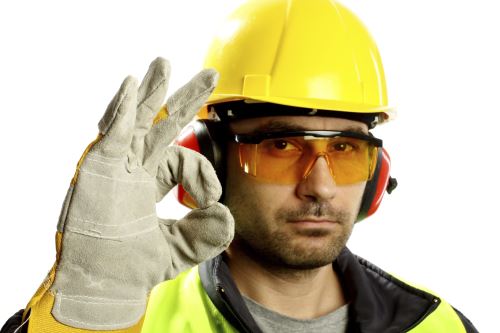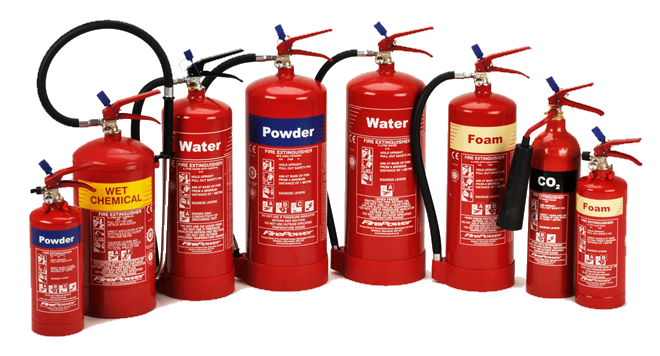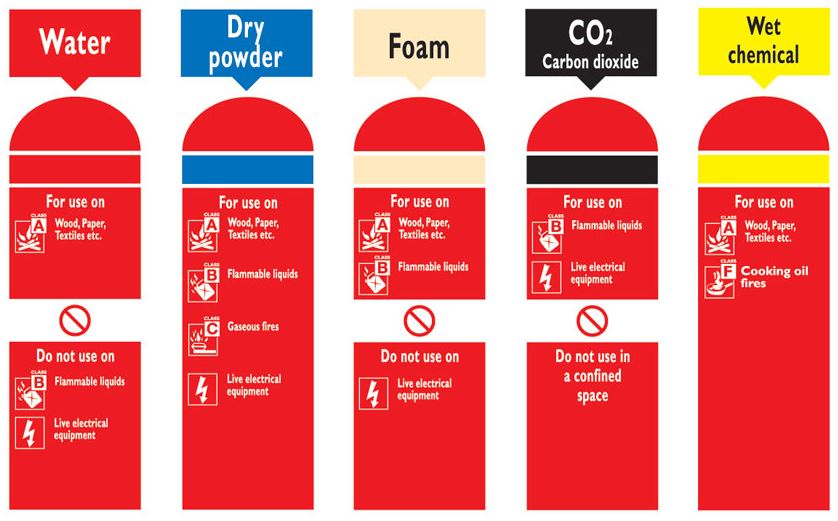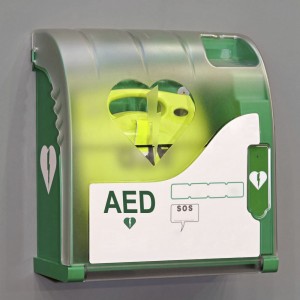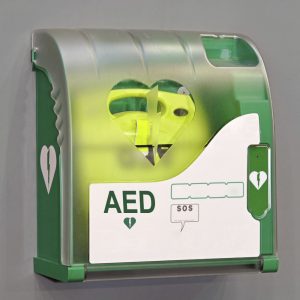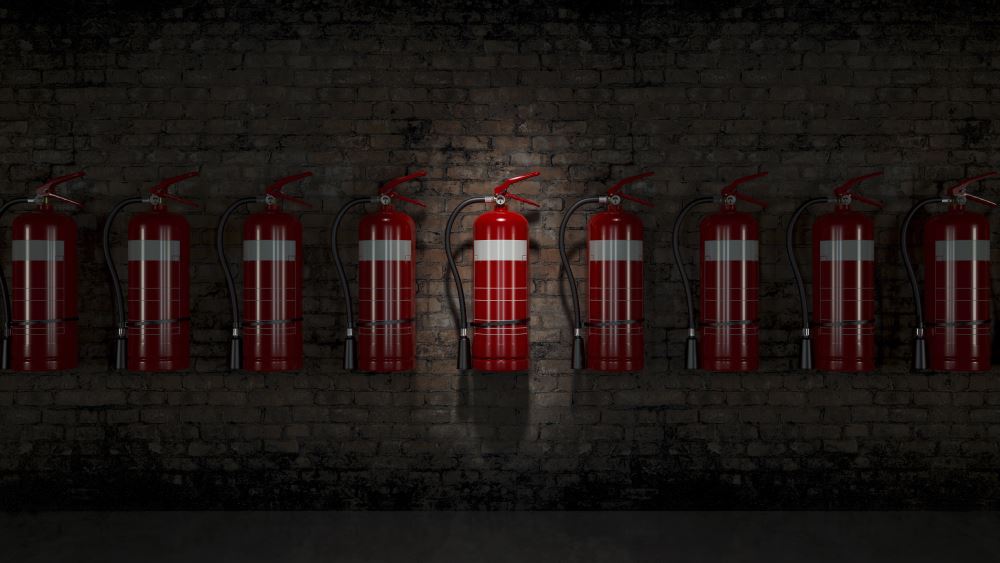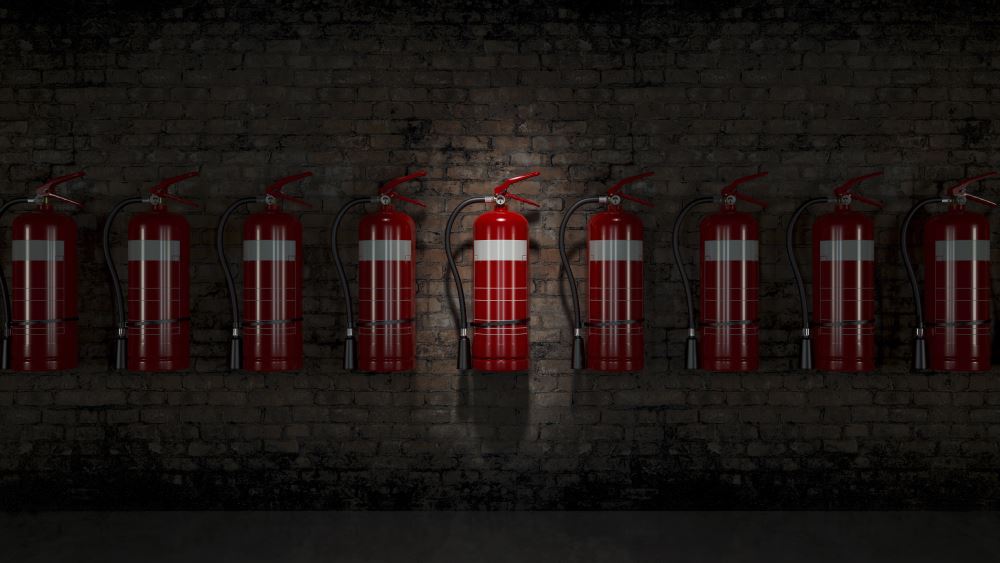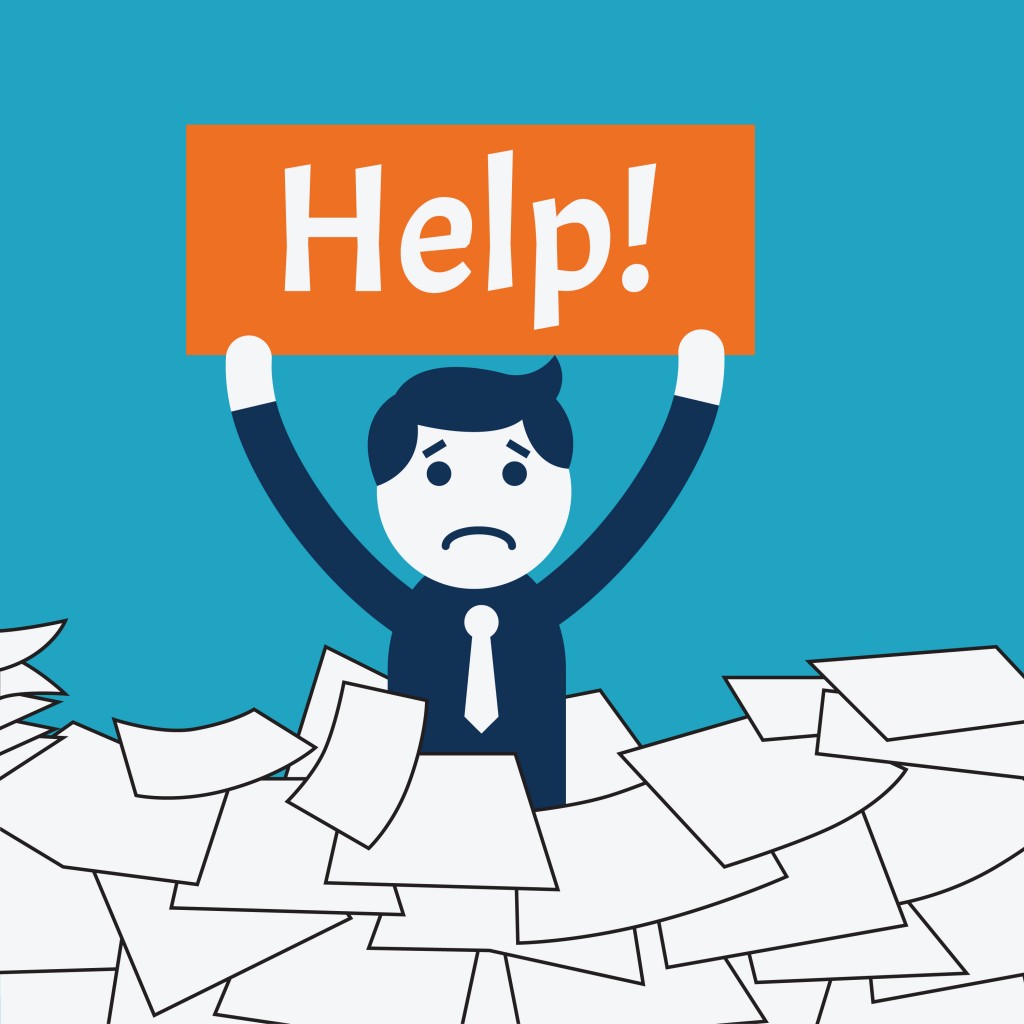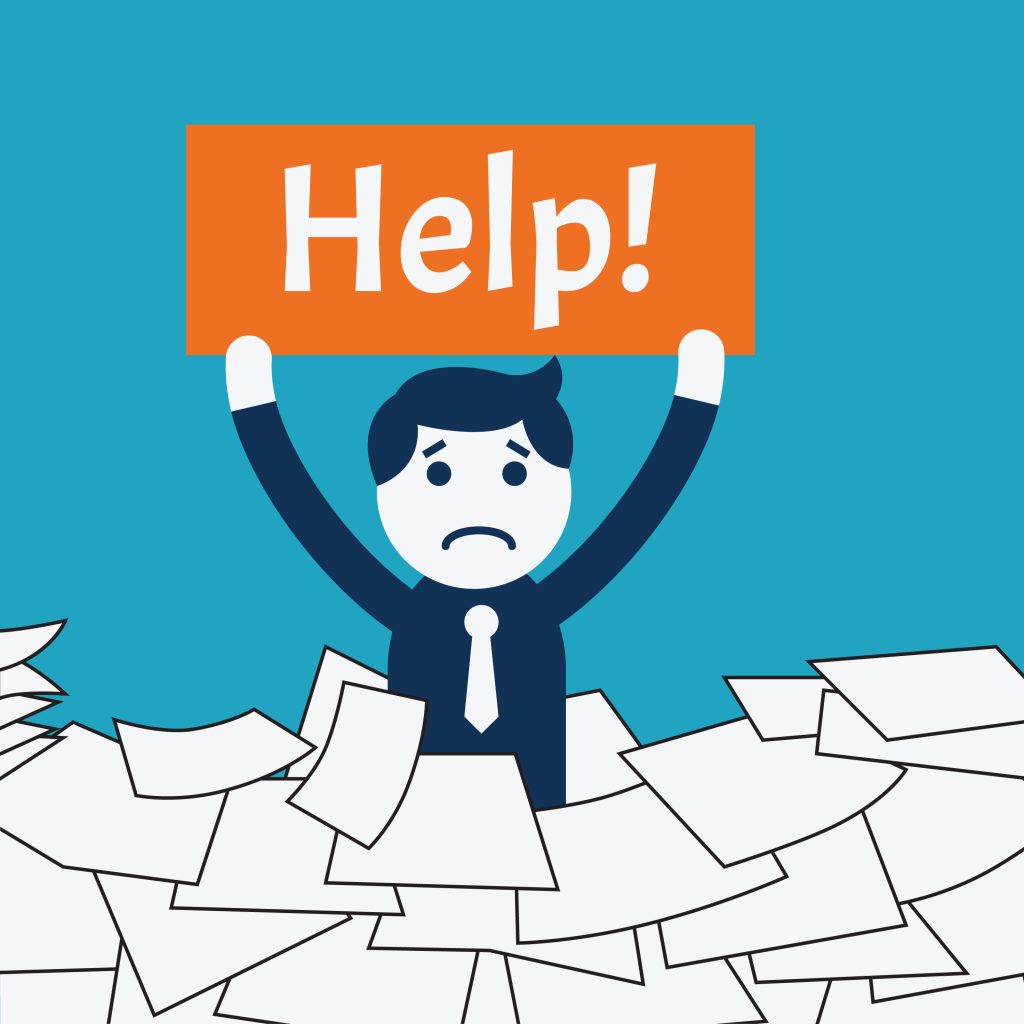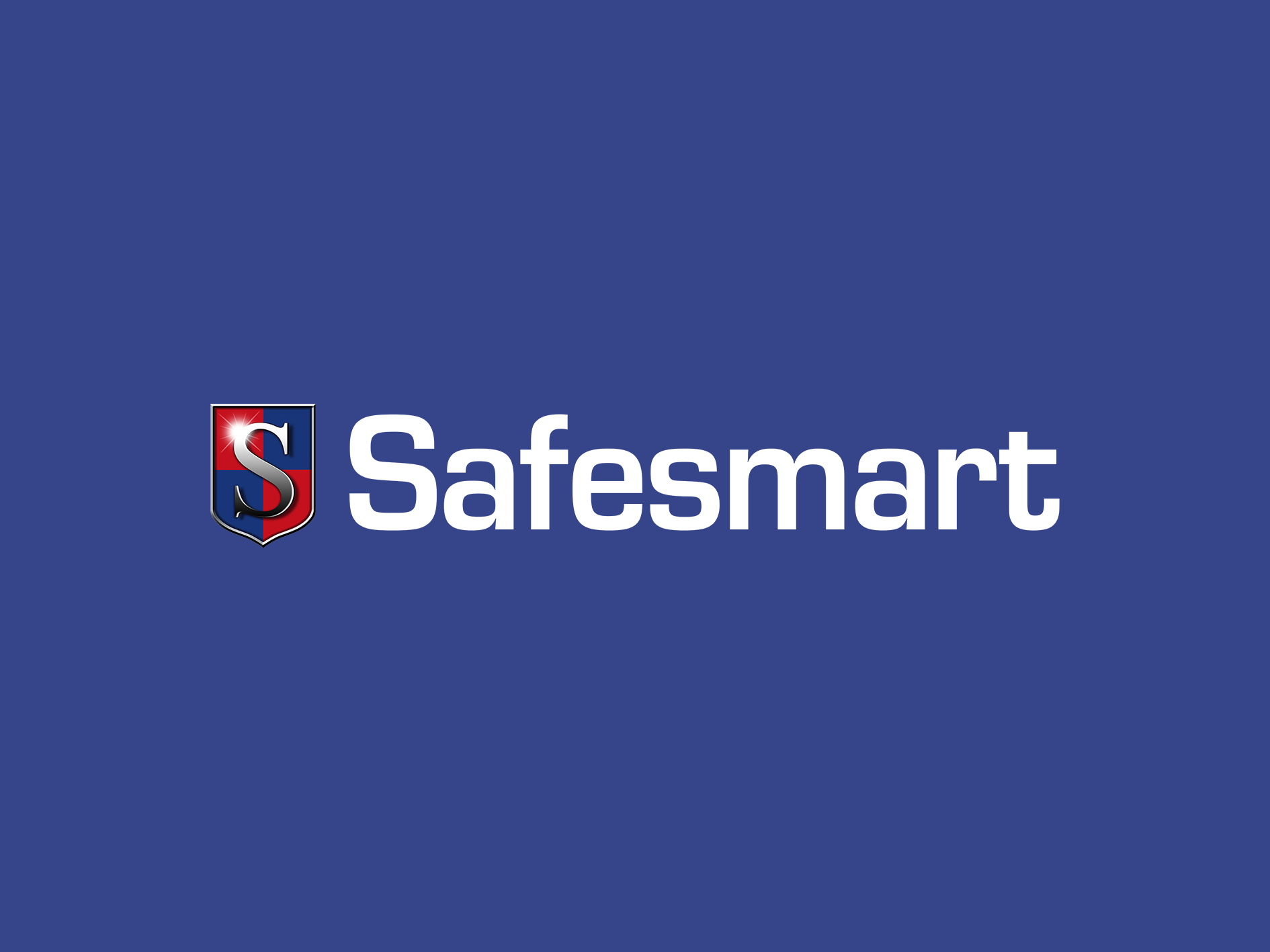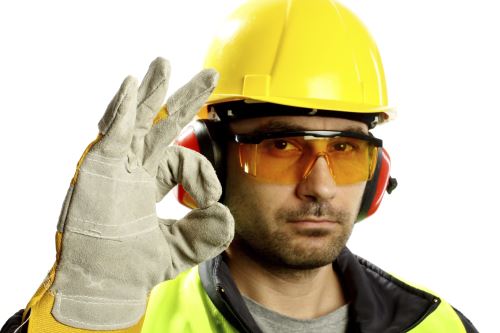
We live in an age where consumers have more choice than ever before and therefore it can be difficult for companies to stand out. It is for this reason that reputation is as important now as it ever has been. A good reputation can allow businesses to build long-lasting, mutually beneficial relationships with customers. However, should a company’s reputation become damaged this can prove catastrophic.
With social media so prevalent, it has never been easier to learn about news, as and when it happens. There have been many corporate scandals in recent memory, all of which do irreparable damage to the company in question. In 2014, car manufacture General Motors were forced to do a massive recall of 800,000 of its cars due to faulty ignition switches. Prior to the recall, the fault is estimated to have caused 13 deaths and 31 crashes. As well as costing the company a huge amount of money, the recall has damaged GM’s reputation with many previous and potential customers. A similar situation is happening with the holiday company, Thomas Cook. An inquest has been held recently, into the deaths of two children who died on a Thomas Cook holiday in 2006. Many consumers are unhappy with the way the company handled the situation and have pledged to boycott the firm in the future. Finally, we can’t discuss damaged reputations without mentioning the banking crisis of 2008 which is still having dramatic ramifications on consumers and their relationship with the finance sector.
These events are just the tip of the iceberg but they illustrate that no company or corporate infrastructure is safe from damage to their reputation. Fortunately, there are ways for businesses to safeguard themselves and therefore their overall standing with the public.
Health and Safety
Health a safety is an integral factor across the entire business world and it tends to be an issue which often informs reputation. If an accident happens, it shouldn’t be something that could have been avoided with better practices in place. With this in mind, companies should implement a comprehensive health and safety infrastructure and reassess these measures at regular intervals. If you are unfamiliar with current regulations or you would like more help, consider working with external organisations who are trained within this area.
Customer Service
Reputation is all about the relationship between a company and its current customers or potential consumers. Customer service is therefore key when attempting to build these relationships. Provide customers with different ways of contacting you, these can include phone, email, social media and instant chat. Also, if a customer has a complaint try to remain polite and helpful at all times and do your best to resolve the issue. Gestures such as these help to forge a good reputation and protect your company against any negative feedback.
Security
In recent years, many organisations have fallen victim to hacking and in some cases it’s due to inadequate security. This can be particularly worrying for customers who share sensitive information with companies. Make sure you are utilising a reputable firewall which includes antivirus and antimalware capabilities. Also, security software should be updated regularly in order to safeguard against current and future threats.
PR
A bad situation can be made infinitely worse with an ill thought out tweet or misinformed press release. Any mistake which is made by a corporation, however small can be magnified and displayed to the entire online world. It is therefore a good idea to guarantee that your PR infrastructure is just a developed as any other aspect of your company.

